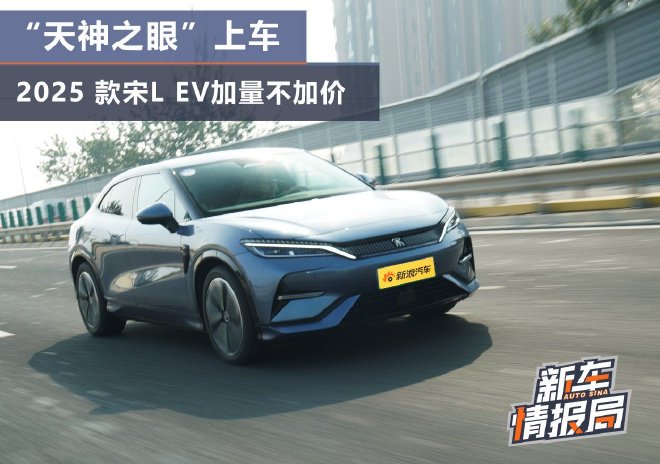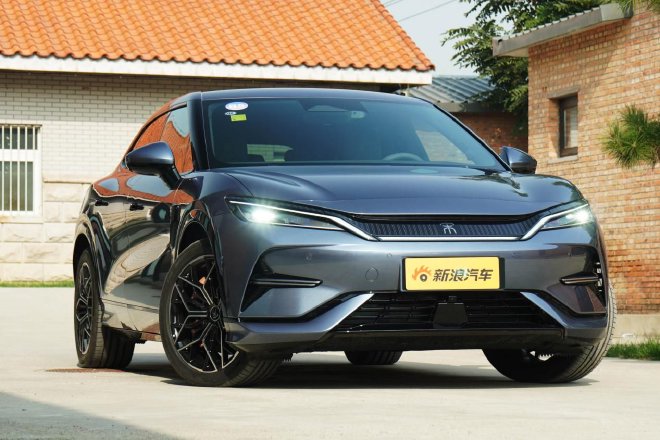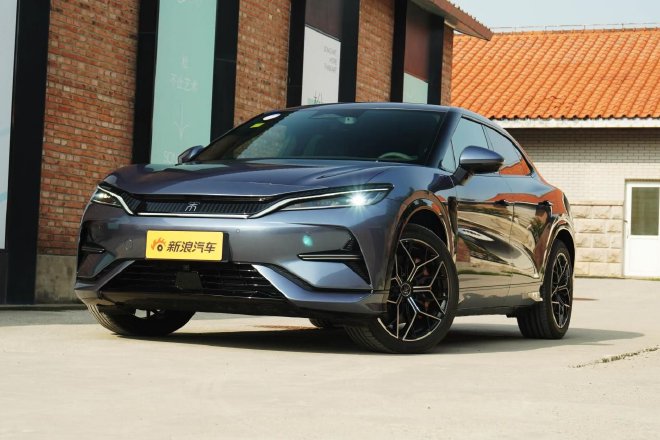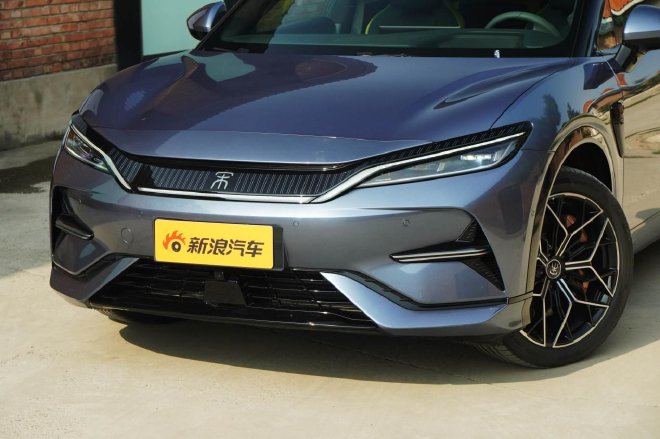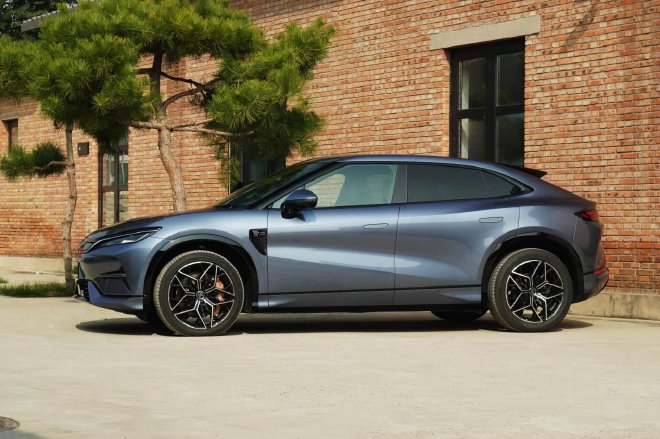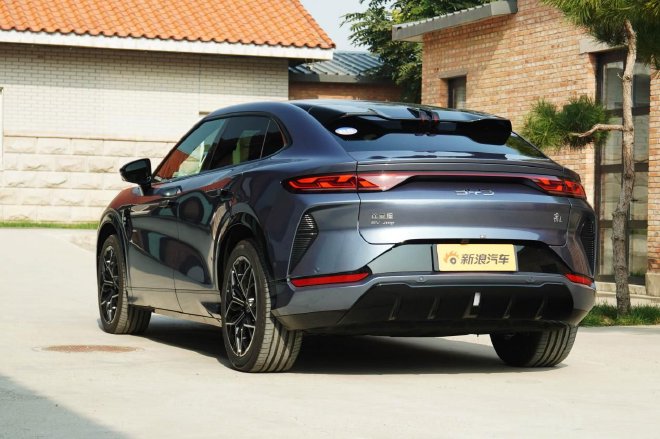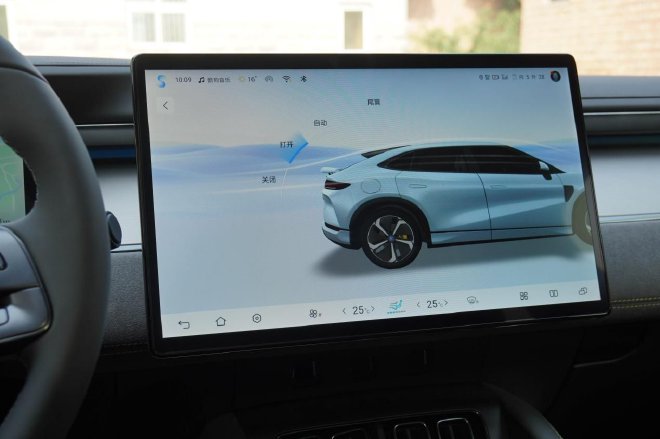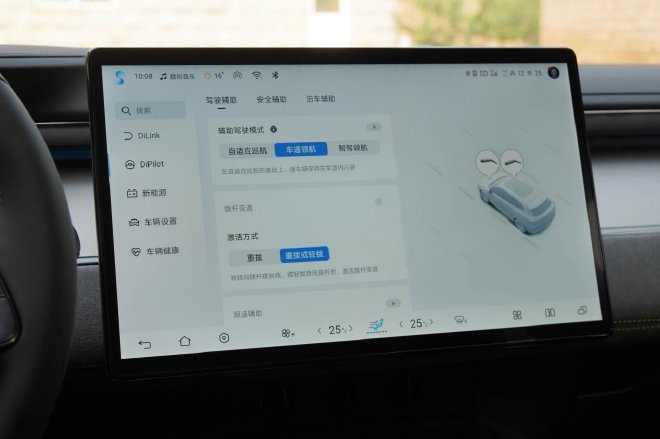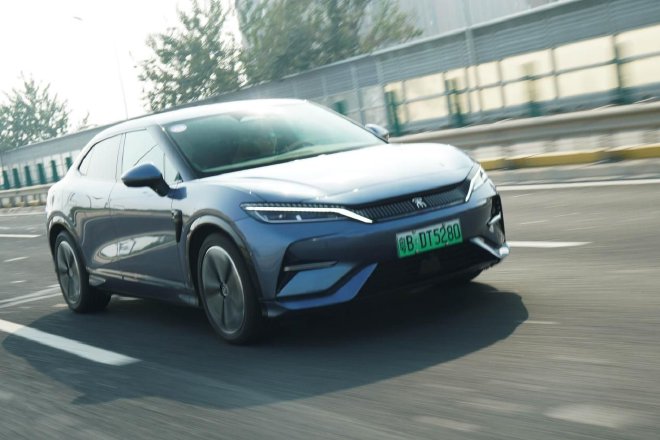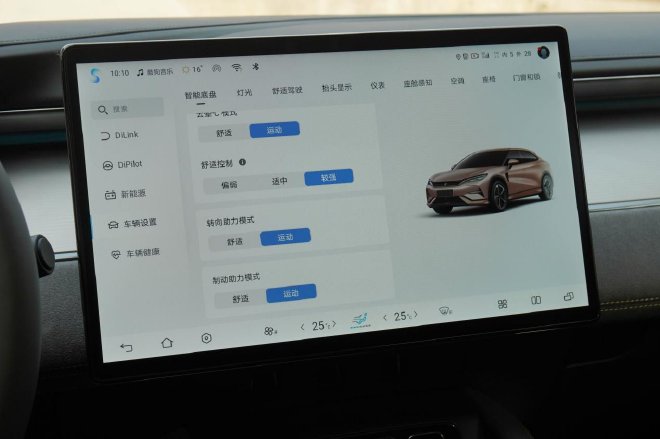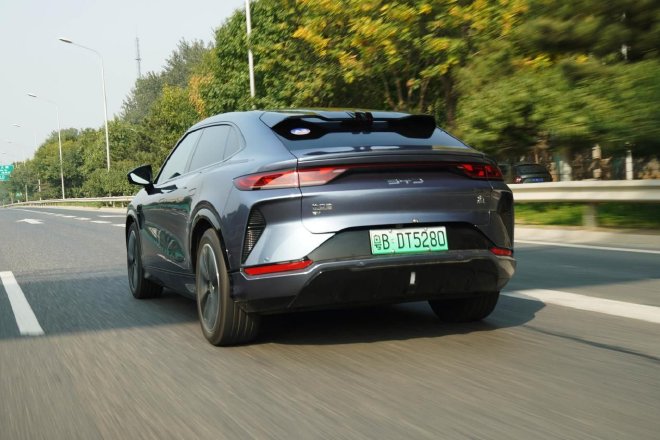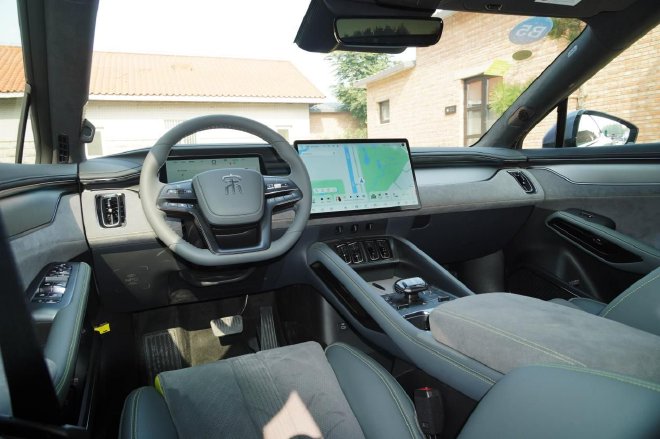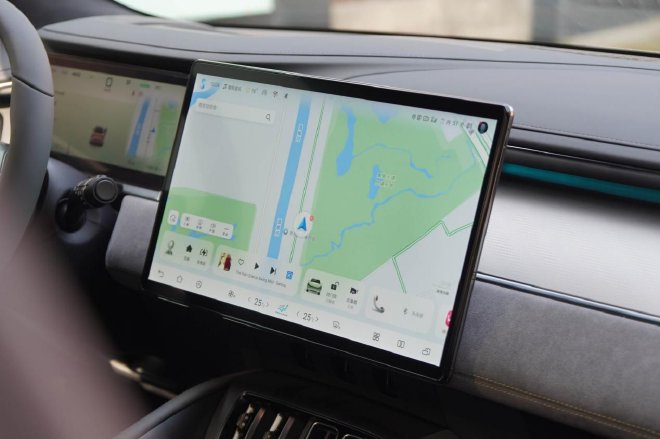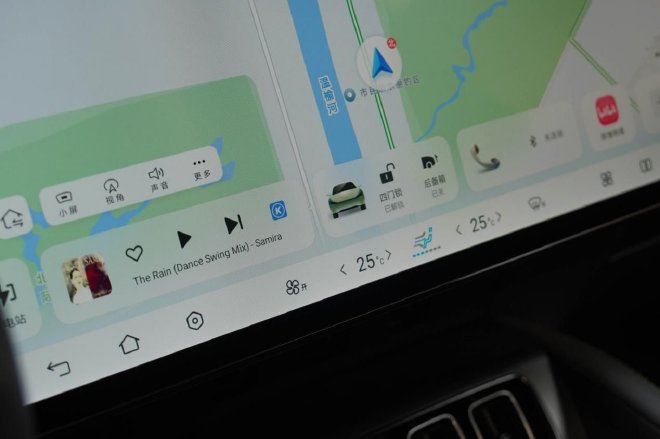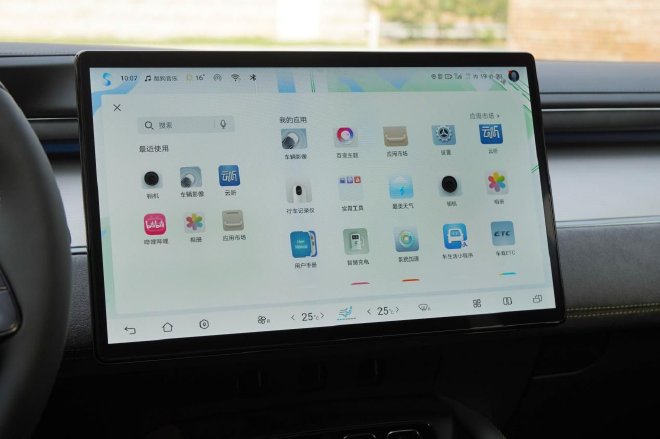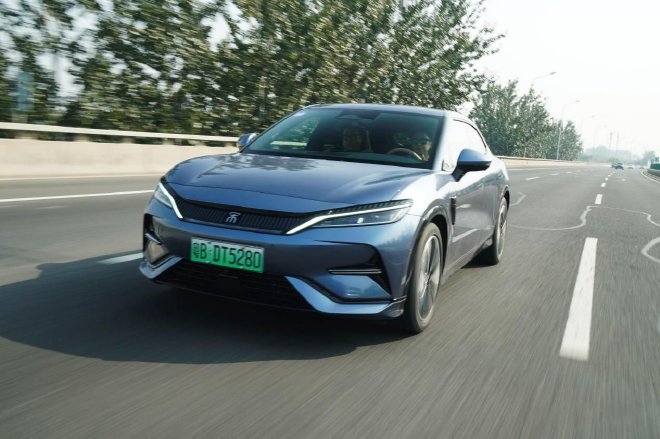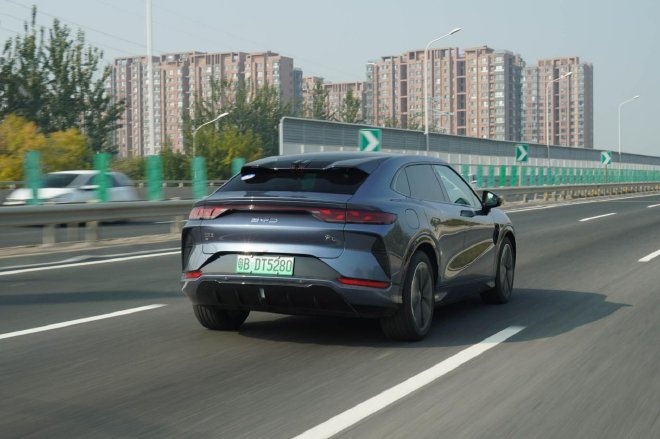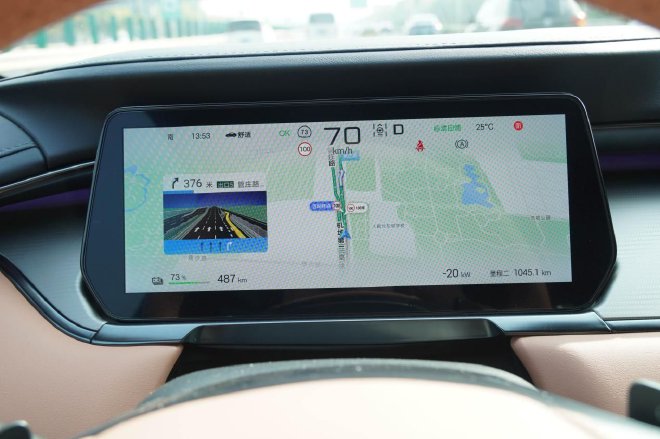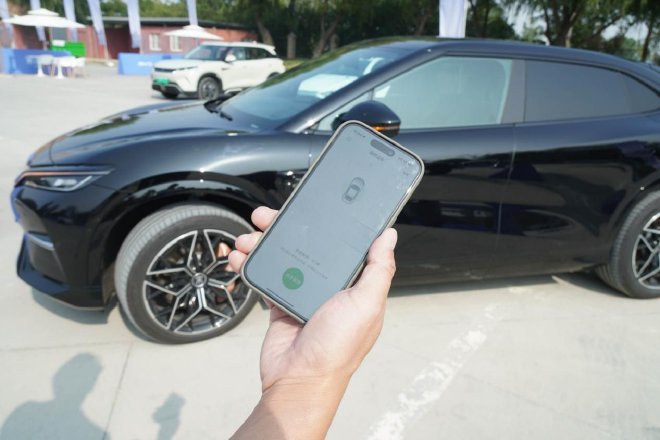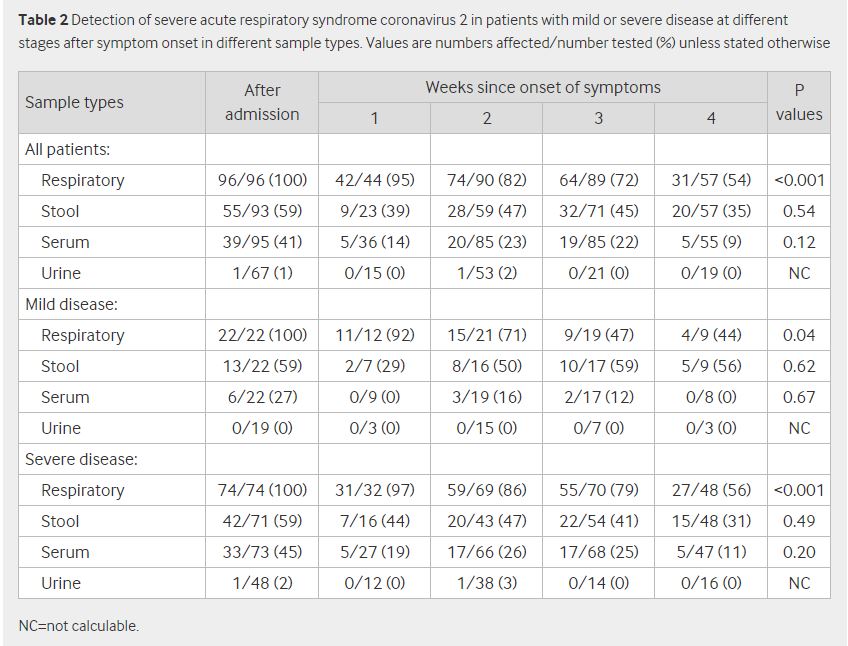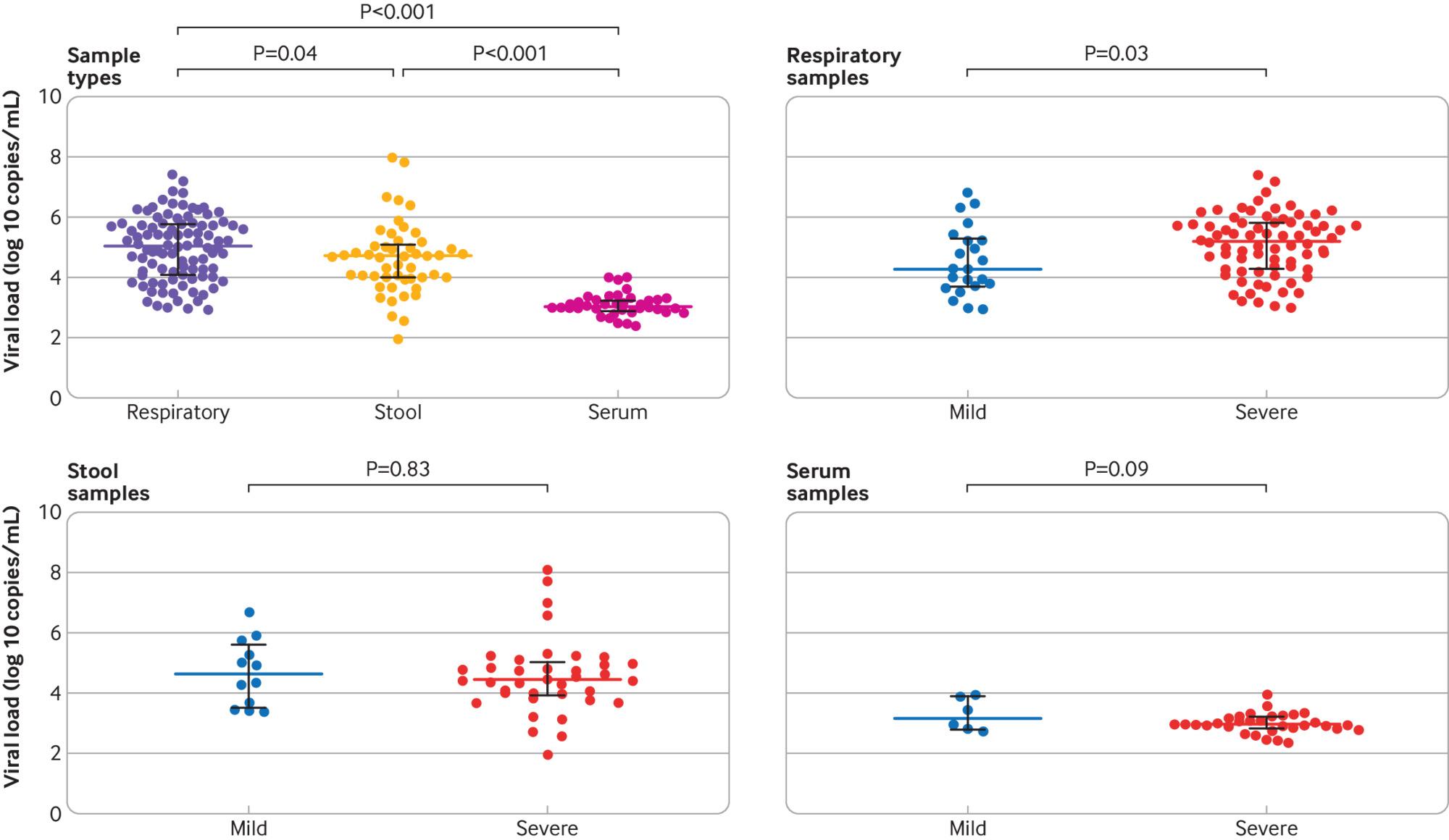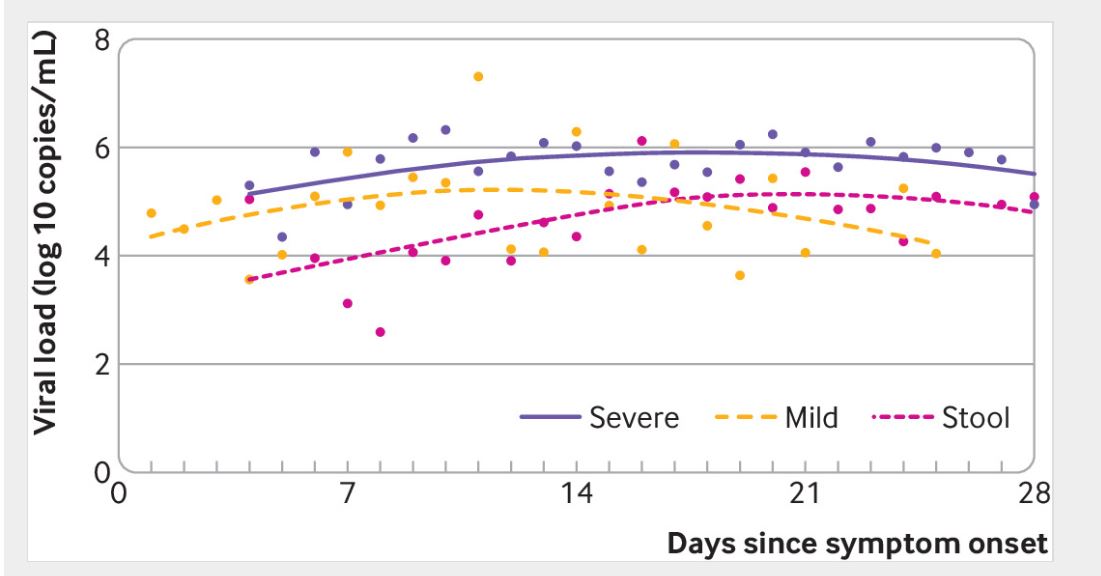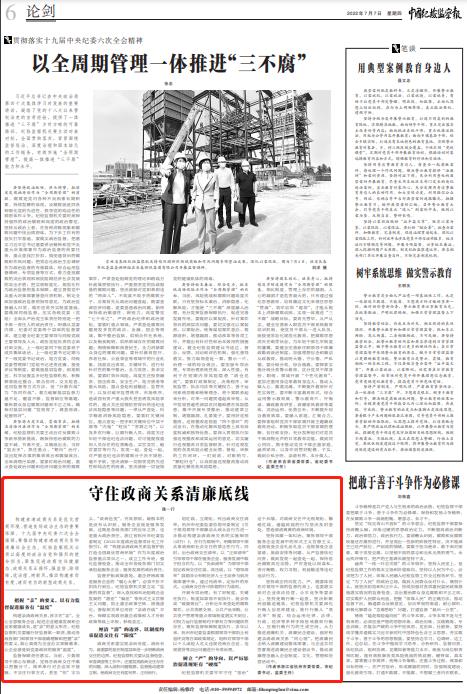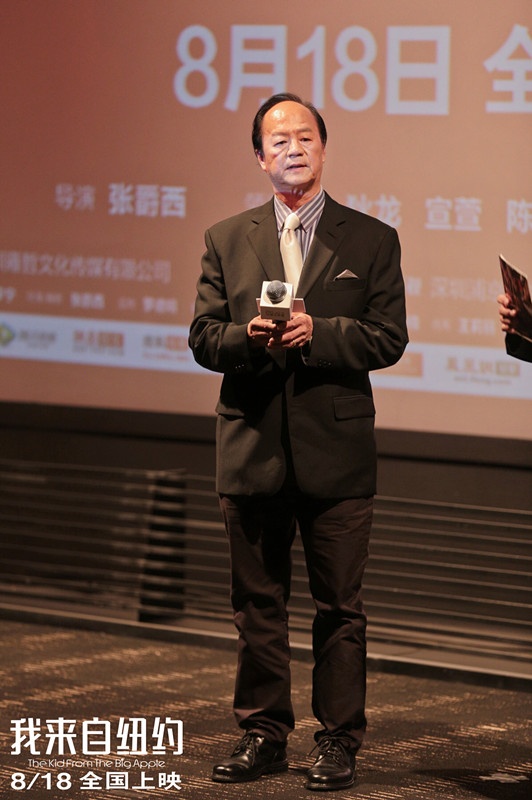In the dissemination and promotion of Chinese excellent traditional culture, the mass communication of ancient books is a difficult point. Ancient books are in traditional Chinese characters, classical Chinese and vertical editions, and there are no punctuation and sentence breaks. Most people don’t understand them, so stay away from them. The binding of ancient books is simple and plain, unlike other cultural relics with diverse forms and outstanding artistic characteristics, which attract people’s attention. Although ancient books contain the profound history, ideology and culture of the Chinese nation, most of them are only suitable for minority communication and mass communication at present, and there are not many successful examples of mass communication, which has become the difficulty of "living" in cultural heritage.

During the prime time on the first night of this year’s Lunar New Year’s Day, CCTV’s comprehensive channel launched the special program "Shangshu" of "China in Classics" to interpret the connotation of the ancient classic "Shangshu" with the help of stage drama and dialogue between ancient and modern times. Once the program was broadcast, it hit the hearts of hundreds of millions of TV viewers with its profound historical accumulation, innovative artistic techniques, perfect performance skills and shocking effect of ancient and modern crossing, and immediately aroused enthusiastic response throughout the country. Xu Wenguang, deputy director of CCTV’s comprehensive channel, described the public’s response to the film as "public opinion exploded". According to CCTV’s recent statistics, the online video broadcast volume of this program exceeded 140 million person-times, and the reading volume of related topics in Weibo exceeded 700 million, making it a phenomenal communication product. Netizens and the media have praised the program for "spreading cultural self-confidence" and "shocking people".
After the broadcast of China Shangshu in Classics, many viewers who didn’t know Shangshu said that they had a strong impulse to read this ancient classic handed down from pre-Qin. Mr. Qian Zongwu, president of the International Shangshu Society, said that Shangshu is not the same as other classics, such as Zhouyi, Shijing and Chunqiu. The latter three are well known and widely spread. However, Shangshu is relatively cold, and scholars and readers pay less attention to it. Through China in the Classics, people’s concern about Shangshu, the Chinese national classic, and their concern about its history and present situation are aroused, which surprises the collating researchers. It can be said that Shangshu has changed from the least mass communication to the most mass communication, and the most difficult ancient book Shangshu has taken the lead in living today, which is undoubtedly a great success in the dissemination of ancient books. The most eye-catching sentence in the TV audience’s comments is: "Let’s do it."
Why did China in Classics have such a shocking communication effect? I attribute the main reasons to four aspects:
Refine and highlight the thoughts with eternal value and modern significance in ancient culture.
Shangshu, a Chinese national classic, contains rich and profound ideological culture, ancient legends and historical stories. How to extract the essence of Shangshu in a 90-minute program and arouse the audience’s resonance is very difficult. According to the introduction of the program group, in order to shoot the special program "Shangshu" well, a lot of information work was done in advance. With the help of the China Institute of History and the National Library, more than 500 images and stories in Shangshu were found, and after repeated research and screening, the character Fusheng and two stories of Yugong and Pastoral Oath were finally extracted, so that the public could understand and taste it, and the excellent program played a direct role and shocked the audience.
What is a "classic" in this 90-minute special program? What is the Yuan Dian of the Chinese nation? Who handed down the Book of History? Why do you want to pass the Book of History? Where does the Chinese nation come from Where is the future going? What is the Chinese national spirit? The question is very impactful.

The special program "Shangshu" has two links: "experts’ comment on the topic" and "classic reading meeting". It seems that there are a lot of clues, but in fact, it is to point out and solve the topic by taking everyone to read, and repeatedly point out the most important words in "Yu Gong" and "Pastoral Oath" to maximize the theme extraction.
The narrative of Yugong focuses on Dayu’s flood control and the division of Kyushu, which shapes the image of Dayu, the ancient ancestor of the Chinese nation and tells the story of the Chinese nation’s indomitable struggle in the face of difficulties. The Grazing Oath portrays the heroic image of Zhou Wuwang, who eradicated the crime of tyranny and hanged the people, and reveals the importance of people’s hearts to the success or failure of the war. Together, the two stories highlight the idea that "the people are the foundation of the country, and the foundation is the foundation of the country", and also highlight the importance of Fu Sheng laying down his life to protect books, inheriting Shangshu and continuing the context. Rich and profound ideological connotations constantly impress the audience, make the audience full of harvest, and make the program have soul and flesh and blood.
Realize the innovative combination of stage art and TV art.
The times of Shangshu span more than two thousand years, so it is impossible to tell the story of Shangshu well without jumping and changing in time and space, but without the main line and relatively fixed expression. The production of the program adopts innovative artistic techniques: through a fixed drama stage, a main line of book inheritance, and an image of risking one’s life to protect books, it has realized the time crossing of four thousand years. Two thousand years above Fu Sheng tells the essence of Chinese national thought contained in two stories: Yu Gong and Mu Shi. Two thousand years under Fu Sheng, telling the hardships of book inheritance and future cultural self-confidence. Besides Fusheng, Sa Beining, a modern scholar, also went through the Fusheng era to appreciate the connotation and inheritance significance of Shangshu. The interaction between Fu Sheng and Sa Beining explains the inheritance and continuation of the excellent traditional culture of the Chinese nation as the "root" and "soul" of the nation. The artistic expression is stable but not chaotic, specialized but not miscellaneous, and the effect is outstanding.
Dahong Ni plays Fu Sheng, which is the artistic soul of the program. Through his consummate acting skills, the touching story of Fusheng’s protection and inheritance of Shangshu was presented to everyone, which directly hit people’s hearts and tears, and made the protection and inheritance of ancient books have the propaganda effect of letting the world know, understand, participate and struggle. There is a scene in the program in which the centenarian Fu Sheng crossed over two thousand years later. Seeing that the children visiting the library can recite the original text of Yugong, while showing a gratified smile, they also show the sadness of experiencing great pain, which reminds us of the hardships of protecting and inheriting the ancient classic Shangshu. Therefore, China in Ancient Books can also impress the hearts of librarians, ancient book restorers and ancient book collectors. These people who have been guarding and inheriting the classics in their posts for a long time are modern "fu sheng". Their obscure work and persistence for many years have interpreted their own values through the image of Fu Sheng, which has been recognized and respected by the national audience. When everyone heard Dahong Ni, the actor of Fusheng, saying, "How can I not lay down my life to protect my book?", many people were filled with tears. Dahong Ni said that he played the role of Fusheng, "with painstaking efforts, to play cleanly". It is this unremitting pursuit of the spirit of protection and inheritance of Chinese cultural classics that makes Fu Sheng on the stage connect with many "Fu Sheng" in real life.

Making programs on the basis of profound cultural accumulation and scholarship.
The fate of Shangshu in the long history is consistent with the fate of the country in dealing with chaos. It is a typical example of the inheritance, dispersion, protection and restoration of ancient books. It is also a magnificent cultural history and academic history in which scholars of past dynasties are eager to find the roots and souls of the nation, eager to restore ancient books, and insist on the scientific spirit of distinguishing between the false and preserving the true. It has a profound cultural accumulation and academic foundation.
Shangshu has been repeatedly killed by fire and water in history. After the Qin fire, it was handed down to later generations by fu sheng’s offering of books (this article "Shangshu") and Lu bi’s excavation (the ancient prose "Shangshu"), as well as various Confucian explanations. There were various lawsuits in the Han Dynasty about the ancient prose "Shangshu". As a result, both the ancient prose and the modern prose were lost in the Wei and Jin wars at the end of the Han Dynasty. In the Eastern Jin Dynasty, the ancient prose Shangshu, a pseudo-Confucius biography, appeared, with 25 articles for no reason, but it was highly praised by the ruling and opposition parties. After being annotated by later scholars, it was handed down as an official version. It has been about a thousand years since Fusheng handed down books. In the Southern Song Dynasty, Wu Kun and Zhu Xi began to suspect that this book was forged. It was not until Zhu Xi’s disciple Cai Shen wrote the Biography of Book Collection that the work of distinguishing forgeries was initiated. It was not until Yan Ruoqu wrote the Shuzheng of Shangshu Ancient Literature in the Qing Dynasty that the other 25 forgeries were regarded as real theories. The work of distinguishing fakes has gone through about a thousand years, which shows the difficulty of inheriting ancient books. In the Han Dynasty, Shangshu, which was established by scholars and promoted by the state, was so fated, and the inheritance of ancient books among the people can be imagined. At present, the six batches of National List of Precious Ancient Books issued by the State Council have included 26 kinds of the most important handed-down versions of Shangshu. There are also many important documents reflecting the inheritance history of Shangshu in the editions and research works of Shangshu collected by the National Library. Here are a few examples:

The earliest remains of Shangshu in the collection are the stone classics carved from the fourth year of Xiping (175) to the sixth year of Guanghe (183) in the Eastern Han Dynasty. During the Eastern Han Dynasty, there were various lawsuits about Shangshu in modern and ancient Chinese, and Shangshu in modern Chinese handed down by Fusheng was also divided into three schools: Ouyang He, Da Xia Hou and Xiao Xia Hou. Scholars are unable to agree. During the Xiping period, Cai Yong, a scholar, suggested that the standard text be engraved on stone tablets, and seven Confucian classics, such as Shangshu and Zhouyi, with a total of 64 stones, were written in official script on the front and back, standing in front of the lecture hall of Luoyang Imperial College in the Eastern Han Dynasty. Among them, Shangshu is mainly based on Jinwen Ouyang Shangshu, and the school is based on the big and small Xiahou editions. After the inscription of Xiping Stone Scripture, scholars and Confucian scholars came to copy it, and the traffic was blocked, which was unprecedented. However, less than ten years after Xiping’s stone sutra was carved, Dong Zhuo’s rebellion occurred, and the stone sutra was not spared and was destroyed by the war. Since the Song Dynasty, Xiping Stone has occasionally been unearthed from the remnant stone. There are 13 words in the remnant stone collected by Guotu, and the content is a part of Yaodian of Shangshu.
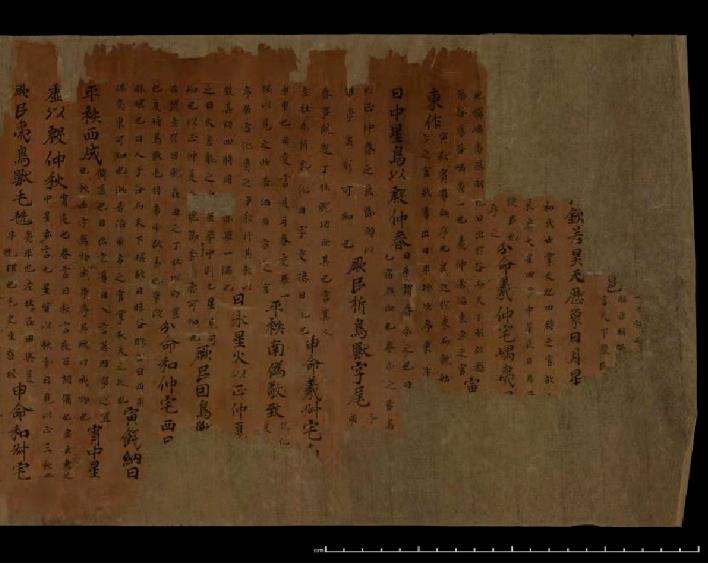
After the wars in the last years of the Eastern Han Dynasty and the Three Kingdoms and the Jin Dynasty, Shangshu, a modern and ancient prose, was lost. During the Eastern Jin Dynasty and the Yuan Dynasty, Shi Mei-ruo in Yuzhang presented the ancient prose Shangshu to the imperial court, scattered Kong Anguo’s preface at the top of each article, divided the ancient prose Shangshu into 33 articles, collected the lost articles of Shangshu in the pre-Qin period, and added his own sentences, thus forging 25 articles, totaling 58 articles. Because of the coexistence of authenticity and taking advantage of academic disputes, it was quickly praised by the ruling and opposition parties, and spread to the whole country from the end of the Southern and Northern Dynasties to the Sui and Tang Dynasties, becoming a popular book of Shangshu. In the Tang Dynasty, a stone sutra was carved in Chang ‘an during his adult life, which has been passed down to the present. At present, there are as many as 49 surviving manuscripts of Dunhuang suicide note Shangshu in the world, all of which are pseudo-Confucius ancient prose Shangshu. Among them, the collection of a piece of Tang Dynasty manuscript Shangshu was very broken when it entered the museum, which was likened to "a mess" by restorers. However, with the joint efforts of literature experts and restorers, the mess was restored into a roll. This volume of Shangshu is written in capital letters, and the text is in big characters. The content is the second half of the first volume of Shangshu, Yaodian and Shundian. Note the double-line fine print, that is, "biography of Confucius". The Book of History preserved in Dunhuang’s suicide note reflects the establishment of schools and the study of Confucian classics in Dunhuang in the Tang Dynasty, and all the books used are consistent with those used in Chang ‘an, which is an example of the spread of Confucian culture on the Silk Road, and also shows the wide spread of Shangshu, a pseudo-Confucius ancient prose, as the original book of Shangshu promoted in the Tang Dynasty.
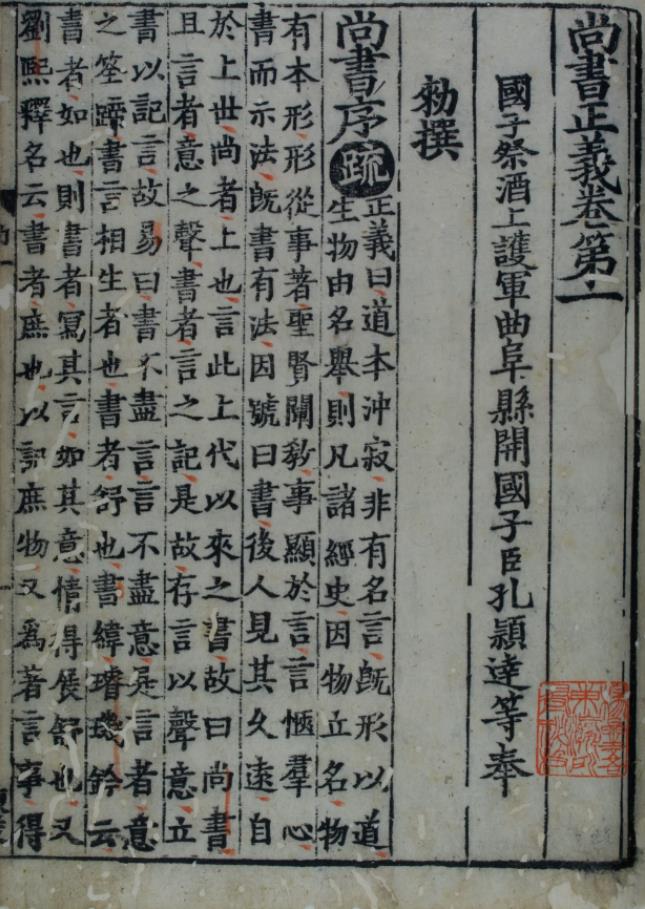
Twenty volumes of Justice of Shangshu, an eight-line edition carved by Tea Salt Division in East Zhejiang Road in the Song Dynasty, was one of the Five Classics Justice compiled by Kong Yingda and others in the Tang Dynasty at the order of Emperor Taizong, which naturally attracted great attention from researchers. For the first time, this book combines the classics, notes and sparseness of the previous single biography into one, which is convenient for people to read. Shangshu Zhengyi was originally called Shangshu Yishu, based on Shangshu, an ancient prose written by pseudo-Confucius, and focused on the old prose written by Liu Xuan and Liu Zhuo of Sui Dynasty. "Er Liu" were all representative figures who spared no effort to popularize Shangshu, so Shangshu Yishu was criticized and revised continuously after its publication, and went to Tang Gaozong Yonghui for four years (650). Since then, the new classic and formal explanation of Shangshu is only Shangshu Justice. The imperial examination "Ming Jing Ke" must follow "Shang Shu Zheng Yi". In the Song Dynasty, imperial academy followed the traditional professor of the Tang Dynasty, Shangshu Zhengyi, and extended it with the help of woodblock printing in the tea and salt department of the East Zhejiang Road, which further confirmed its authoritative value. However, the eight-line version was lost in China and circulated in Japan, one of which was bought back from Japan by Yang Shoujing at the end of the Qing Dynasty and is now a national map; The other is hidden in Ashikaga School in Japan. In the fourth year of Honghua in Japan (1847), Kumamoto Fanshi Museum took this as its background. In 2018, Hosokawa Morihiro, a former Japanese prime minister, descendant of Kumamoto’s vassal and chairman of Yongqing Library, donated 4175 volumes of 36 Chinese books to Guotu, including this eight-line photocopy of Shangshu Justice. These two "Shangshu" have made a story of Sino-Japanese cultural friendship.
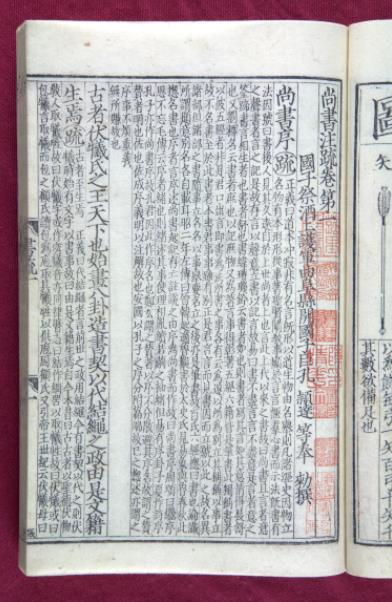
Twenty volumes of Annotations on Shangshu with Annotations on Annotations on Annotations on Shangshu with Annotations on Annotations on Annotations on Shangshu with Annotations on Annotations on Classic Annotations were added on the basis of Kong Yingda’s Justice on Shangshu. Classic Interpretation is the work of Lu Deming, a famous scholar from the late Southern and Northern Dynasties to the early Tang Dynasty, which has great influence. At that time, Zheng Xuan noted that Shangshu was alive, but Lu Deming chose Shangshu, a pseudo-Confucius ancient prose, as the base book, which raised the status of Shangshu, a pseudo-Confucius ancient prose. However, Lu Deming still kept the ancient notes of Zheng Xuan, Ma Rong, Wang Su and others in the 33 sounds and meanings published before Shangshu, which makes us know something about the original texts of these three notes, which is very rare.
In the early years of Southern Song Dynasty, Wu Kun, a scholar, had suspected that there was a significant difference in style between the first 33 articles and the last 25 articles of Shangshu, a pseudo-Confucius biography. Zhu Xi, a great scholar, was very much in favor of Wu Shuo, and felt that many items in Shangshu, an ancient prose handed down from ancient times by pseudo-Confucius, were suspicious. Cai Shen, his protege, was instructed by his teacher to write Biography of Book Collections, with concise notes and points out what are the later scriptures, which is of great warning significance. The first printed edition of this book is the six-volume biography of Zhu Wengong’s revised master Cai Jiufeng’s book collection and one volume of the book biography question and answer, which was collected by the national map in the tenth year of Song Chun (1250). Cai Shen’s Book Collection Biography had a great influence on later generations. Yuan Renzong was a scholar, and this book was used as the standard for the imperial examinations in Ming and Qing Dynasties.
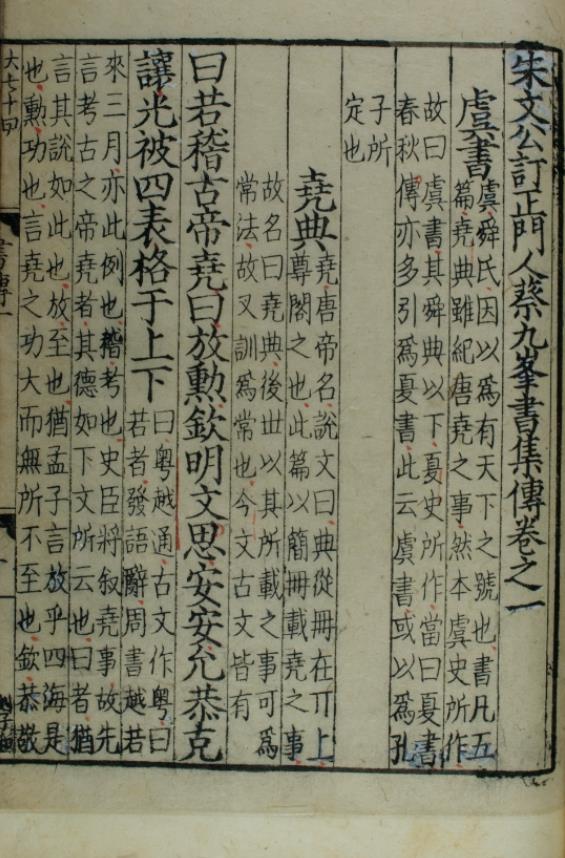
After Wu Kun, the work of identifying forgeries lasted for thousands of years. In Yuan Dynasty, Wu Cheng wrote Shu Bian Yan, and put the preface of Kong Chuan after the whole book to clarify his doubts. In the Ming Dynasty, Mei Li collected ancient books in the Book of Shangshu and Textual Research on Shangshu to prove that fake ancient prose and Confucius biography were fakes. By the time of Yan Ruoqu in Qing Dynasty, the true face of Shangshu, an ancient prose written by pseudo-Confucius, had been completely uncovered. In Yan Ruoqu’s Nine Volumes of Shu Zheng on Ancient Books of Shangshu, 128 pieces of forged evidence were listed, which proved that 25 pieces of Confucius’ ancient book Shangshu and Confucius’ biography were all forged books. At this point, 25 essays published by the pseudo-Confucius after the biography of the ancient prose Shangshu became a final conclusion in academic history, and Shuzheng of Shangshu’s ancient prose also became a famous work of reversing the verdict.
In the voice of discriminating falsehood, scholars in Qing Dynasty, such as Sun Zhili, Kong Guangsen, Lu Jianzeng and Chen Shouqi, all tried to restore the original appearance of Fu Sheng’s interpretation of Shangshu, and excavated and compiled many lost articles from ancient books and compiled them into books. For example, the collection of Sikuquanshu in Wenjinge copied the biography of Shangshu, which was explained by Fu Sheng, and his disciples Zhang Sheng and Ouyang Sheng recorded it and made a meaningful arrangement and excavation of Shangshu.
Shangshu has also spread to overseas countries such as Japan, South Korea, Europe and America. There are many famous scholars and achievements at home and abroad who study the annotation Shangshu. The latest interpretation of Shangshu is one of the 100 Classics of Chinese Traditional Culture interpreted by Mr. Qian Zongwu, President of the International Shangshu Society, and published by the National Library Press. The content includes the introduction, original works, notes, comments and other parts, which are very convenient for readers to read. The introduction outlines the whole picture and spread history of Shangshu, and concentrates the latest research results of Shangshu.
China Shangshu in Classics was strongly supported by the China Institute of History and the National Library. It is with fertile cultural soil and solid academic foundation that we can tap the latest achievements of academic research, constantly correct knowledge and academic deviations, and achieve blockbuster results.

History of 100 Classics of Chinese Traditional Culture
Editor-in-Chief Yuan Xingpei; Interpretation of Qian Zongwu
China Shangshu in Ancient Books has achieved success in the mass communication of ancient books and taken a solid step. However, there are still some regrets, such as the failure to apply the new achievement of archaeological discovery, Tsinghua bamboo slips, to the program. As Zhou Wenwang’s will to Zhou Wuwang, Bao Xun has a natural connection with the Pastoral Oath in the program. When Fusheng crosses into the modern library, if he sees that Bao Xun, besides his book, is still alive, how much emotion will he arouse! It will also have more confidence in future inheritance. "China Shangshu in Classics" also didn’t pull the camera off the field to see the real modern library — — The National Library, if Fusheng is allowed to pass through the Xiping Shijing, Dunhuang suicide note, rare books in Song and Yuan Dynasties and rare books in Ming and Qing Dynasties, will stimulate more enthusiasm of the audience.

Tsinghua bamboo slips "Bao Xun"
It is an urgent need for the general public to understand the cultural ideas contained in ancient books.
The strong social influence caused by China Shangshu in Classics is also an important manifestation of Chinese cultural self-confidence, a manifestation of people’s more expectations for the origin of Chinese civilization and the excavation of the culture in Classics, and a fundamental need of the great rejuvenation era of the Chinese nation. Strengthening the protection, collation, research and utilization of ancient books and documents has a long way to go, which requires all ancient book workers to redouble their efforts and the interactive participation of the media and the public. Professor An Pingqiu of Peking University once compared the national ancient books work to a big river: the upstream is the protection and disclosure of ancient books by ancient books collection units; The middle reaches are the collation and research of ancient books in scientific research institutes of colleges and universities; Downstream is the publishing and digitization of ancient books. This big river will also flow into the sea, that is, all Chinese descendants will protect, inherit, explain, promote and innovate Chinese excellent traditional cultural classics, and through artistic innovation and media communication, the beneficial components in ancient books will be accelerated to form an important part of advanced culture in the new era, which will stir people’s hearts and affect the future.

In this regard, the National Library (National Ancient Books Protection Center, National Ancient Books Museum) shoulders the historical responsibility. The National Library has collected more than 3 million rare ancient books, and is making every effort to promote the "Chinese ancient books protection plan" in the national ancient books collection units. Guotu has been deeply involved in "China in Classics", providing expert consultation and literature resources, and forging this program into a cultural masterpiece of the new era with CCTV, National Theatre, China Historical Research Institute and other units. Once "China in Classics" enters the national map, let the audience see the national treasure and see the contemporary "hidden life" — — Librarians’ guarding of classics is believed to convey more cultural confidence to the audience. The powerful launch of China in Classics also makes us believe that the protection, collation, research and utilization of our ancient books are not alone. With the planning and deployment of the CPC Central Committee and the full participation and enthusiastic support of the people, the contemporary "Fu Sheng" cause will surely have a bright future.
Author | Zhang Zhiqing, deputy director of the National Library and deputy director of the National Ancient Books Protection Center
